Instead of throwing away the okara (soy milk pulp) left over from your homemade soy milk, whip up this creamy, zesty Okara Hummus Recipe!
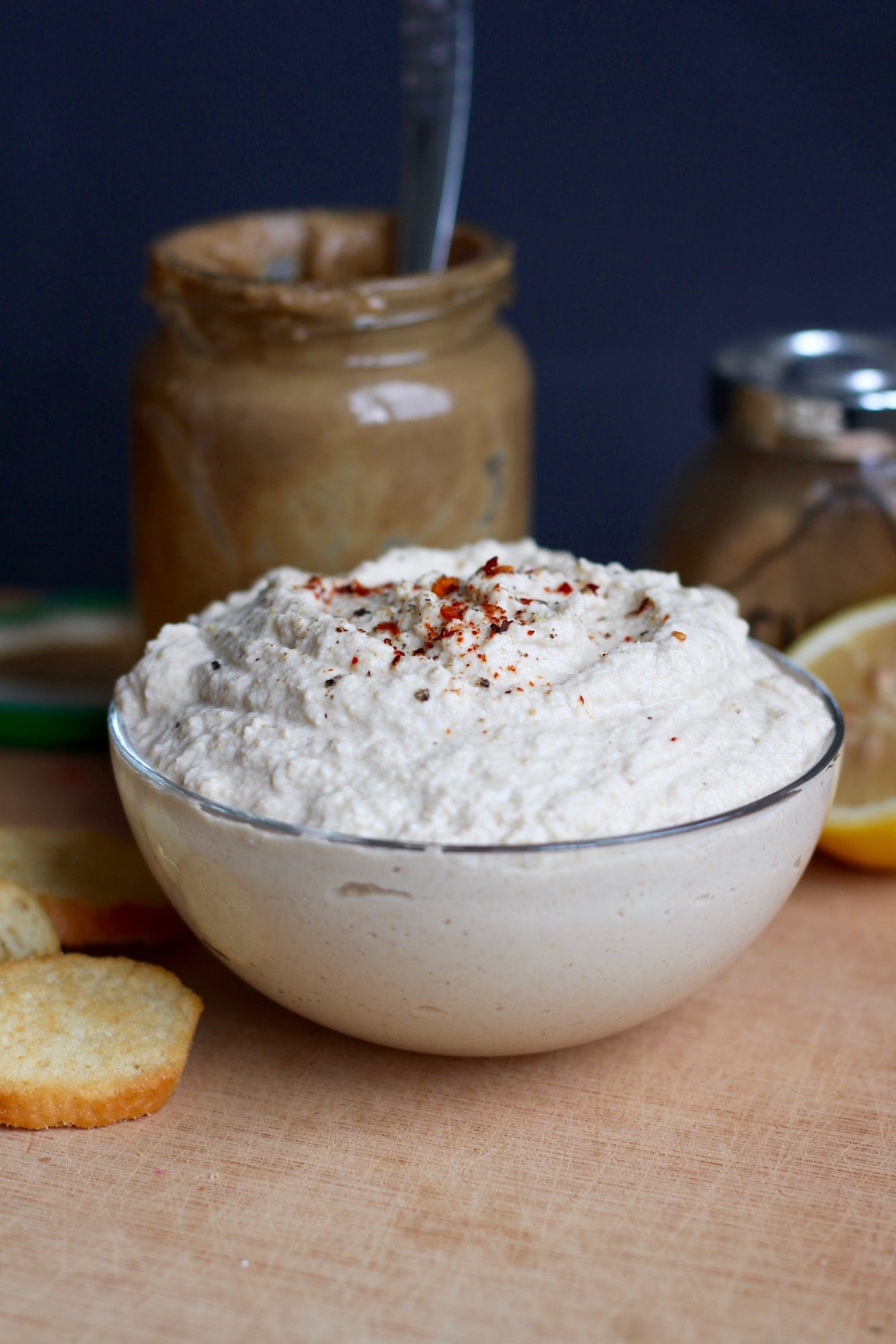
Jump To
If you make your own homemade soy milk, you may be wondering what to do with the leftover soy milk pulp, also known as "okara".
Well, I've got the perfect solution with this Okara Hummus recipe!
By blending your leftover okara with a few other ingredients, you'll end up with a creamy, zesty hummus.
Now you don't need to waste all that soy milk pulp!
What is okara?
Okara (おから) or "unohana" is the pulp that is leftover after making and straining soy milk from soybeans. It's basically a watery soy bean pulp and despite how that may sound, it's delicious. Since okara is basically beans, why not make hummus out of it?!
If you make homemade almond milk and are wondering what to do with the leftover almond milk pulp as well, make these healthy brownie bites!
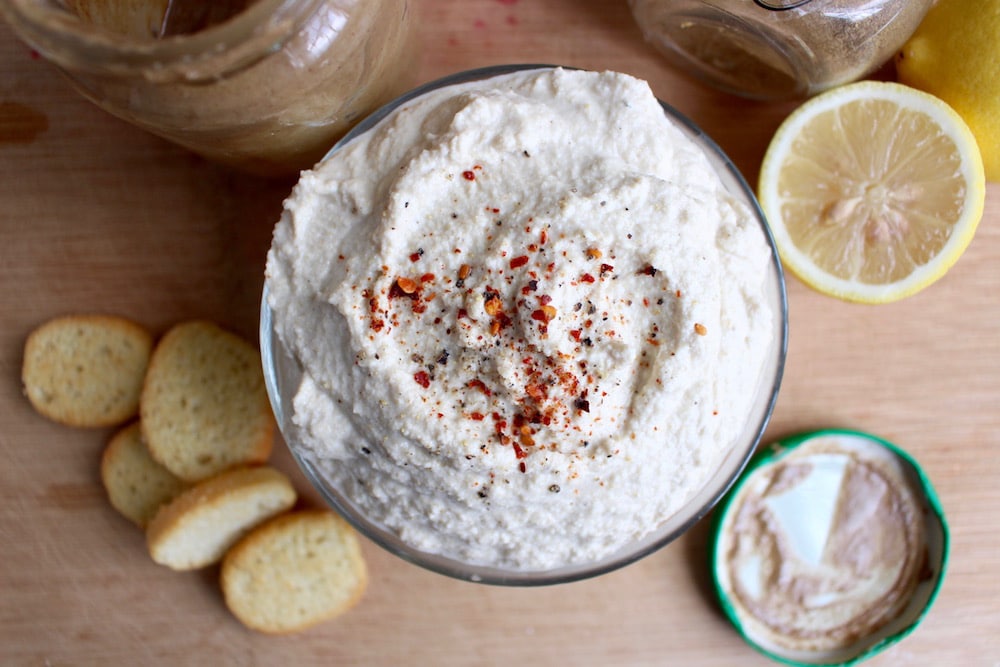
What can I do with okara (soy pulp)?
In addition to using okara to make hummus, there are tons of other okara recipes that you can make. You could:
- Blend it into your smoothie
- Add it to your daily oatmeal
- Include it in your baked goods for added nutrition or volume
And don't worry, okara is naturally pretty bland, so you don't have to worry about it adding a strong bean-y taste to your food.
I find it has the consistency of pumpkin puree, so sometimes I'll use it as I would pumpkin puree in baked goods.
Is okara healthy?
Since okara is the pulp from soybeans, it contains lots of fiber, protein, and calcium. This makes okara a healthy addition to oatmeal, smoothies, baked goods and this homemade okara hummus!
One surefire way to make okara recipes healthier is to but organic soy products.
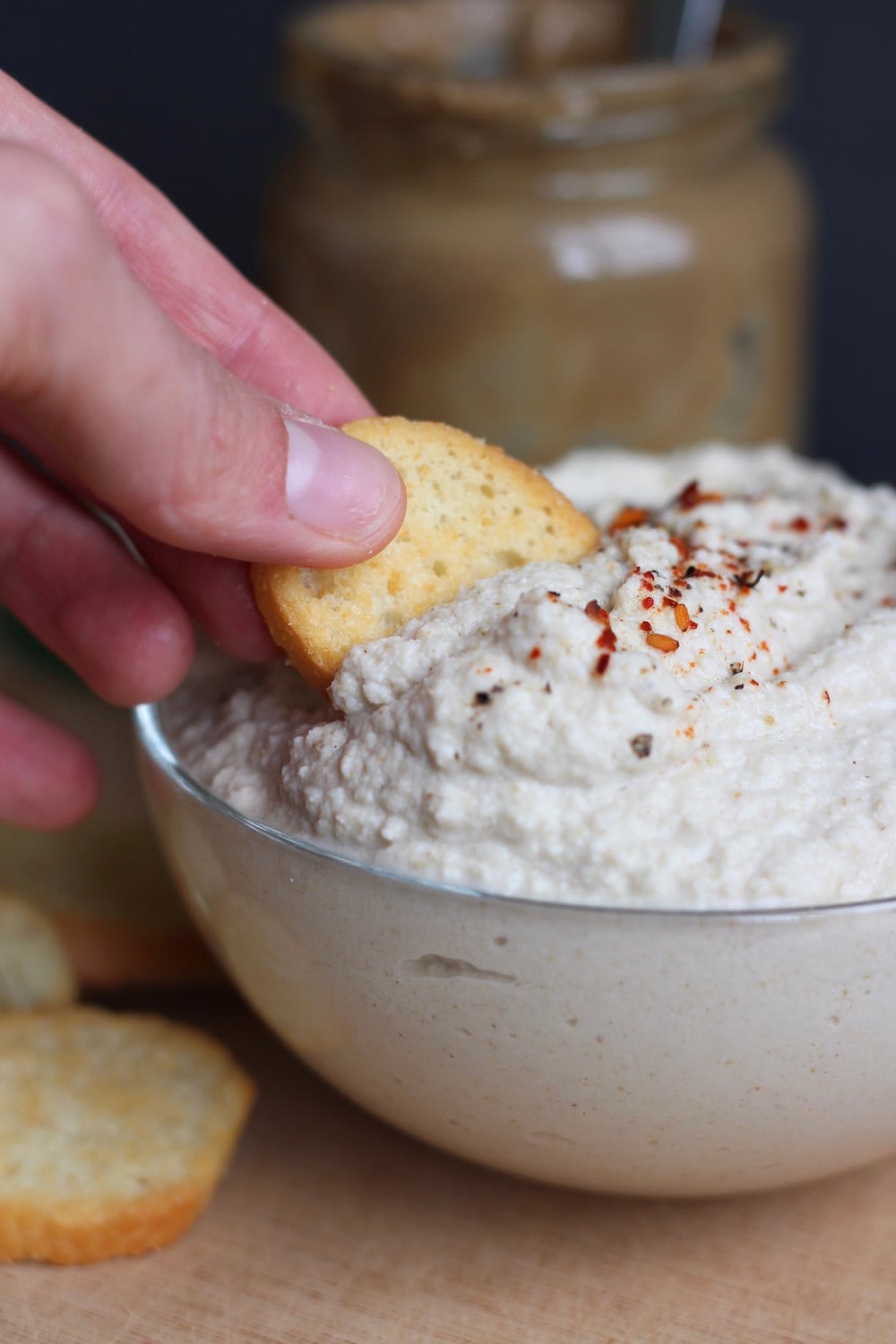
Can you eat okara raw?
I have only used okara that is leftover from making homemade soy milk. I use a soy milk maker which heats my soy milk and therefore cooks the okara. However, I don't recommend using raw okara that has not been heated or cooked!
Ingredients
Okara hummus requires many of the same ingredients you would use to make traditional hummus. The big difference is that, instead of using chickpeas, you are going to be using okara!
I'll list out all of the ingredients you'll need below:
So easy, right?
How to make okara hummus
To make this simple okara hummus, all you need to do is place all of the ingredients, starting with just 3 tablespoons of water, into your food processor or high speed blender and blend until smooth.
If the hummus is too thick, you can add more water or olive oil until it reaches your desired consistency.
Taste and add more salt for saltiness, lemon juice for zest, or cumin for flavor!
Storage
Store this okara hummus in an airtight container in your fridge for up to 3 days.
How long does okara last?
I find okara doesn't last much longer than three days in the fridge before spoiling, that's why I recommend freezing it.
There have been countless times that I've placed it in a container in the fridge with good intentions to use it later, only to forget about it! A few days later I remember I have some in the fridge, but by that point it's already gone bad.
Definitely use your okara right away to make something else or freeze it for later!
Can you freeze hummus?
Yes! To freeze hummus, place your desired amount in a freezer-safe container and freeze the hummus for up to 2-3 months.
Pro Tip: I recommend dividing your homemade (or store-bought) hummus among a few different containers so that you can thaw smaller portions as needed.
How to thaw frozen hummus
Thaw the hummus by removing it from the freezer and placing it in the fridge overnight, or until soft.
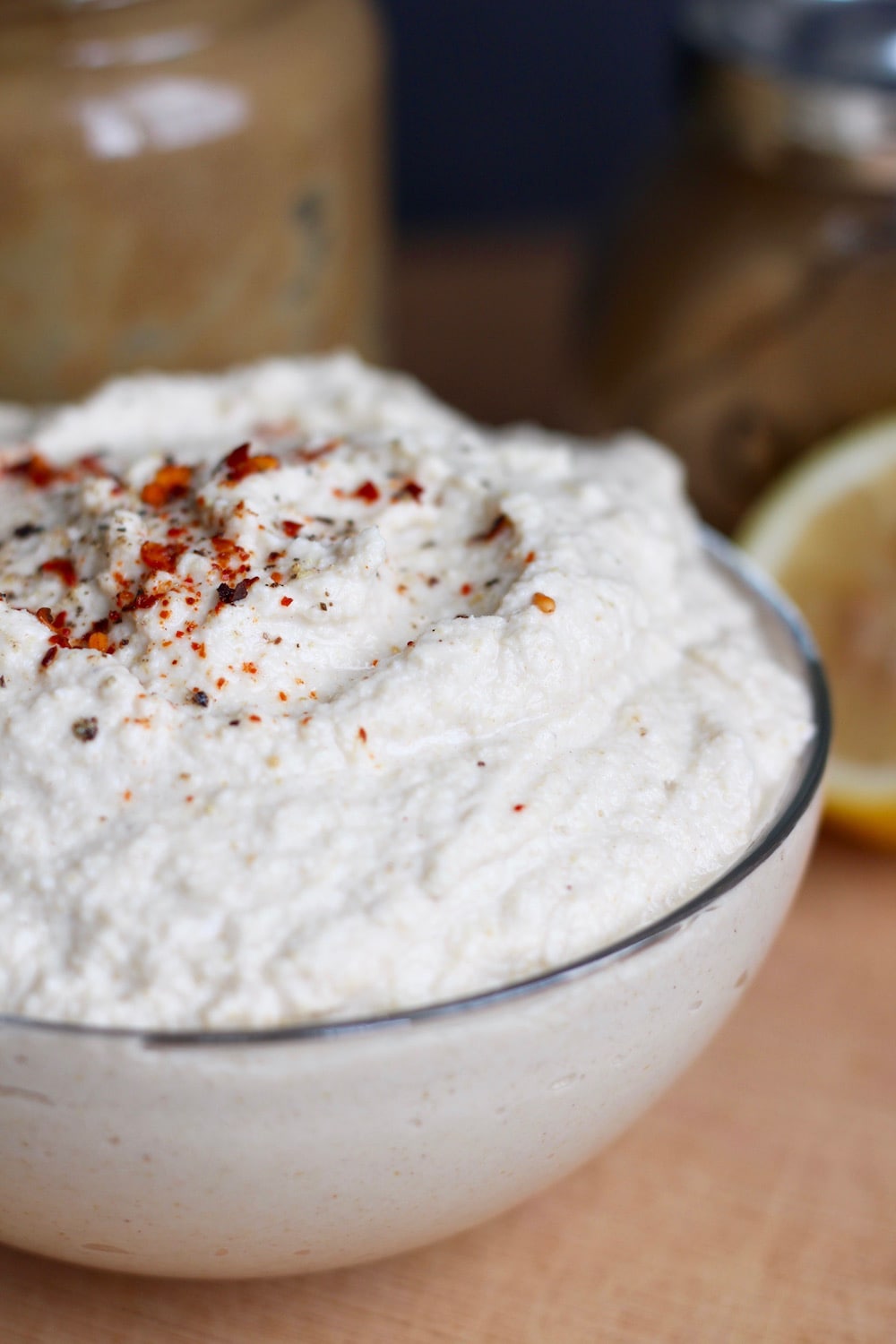
Other okara recipes
In addition to this delicious okara hummus dish, you can make several other okara recipes with your leftover soybean pulp:
Unohana - Sautéed Okara with Vegetables
Be sure to check out some of the ones below and let me know if you try any of them out!
Also, if you are someone who also makes homemade soy milk, I'd love to know how you make use of your leftover okara!
📖 Recipe

Okara Hummus (Soy Milk Pulp Hummus)
Ingredients
- 1 ¾ cups Okara*
- ¼ cup lemon juice
- ¼ cup tahini
- 2 cloves garlic roughly chopped
- 1 teaspoon cumin
- ¾ teaspoon salt
- 3-5 tablespoons water or olive oil*
Instructions
- Place all the ingredients, starting with just 3 tablespoons of water, into your food processor or high speed blender and blend until smooth.
- Add more water if the hummus is too thick or until you reach your desired consistency.
- Add more spices to taste.
- Store in an airtight container in your fridge.

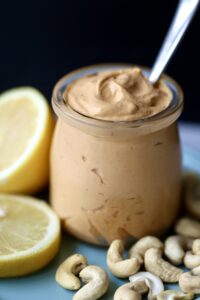
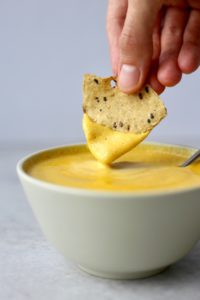
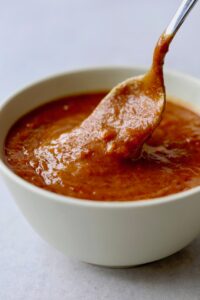
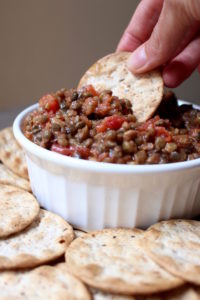
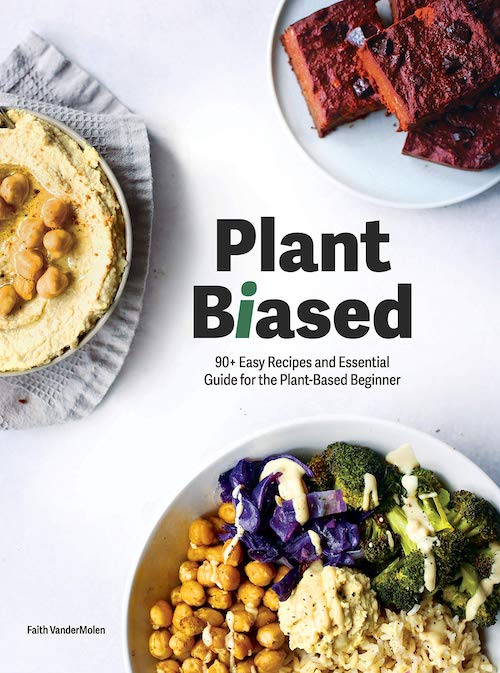


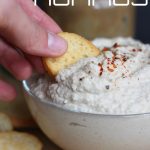
Mary Ortwine says
I didn’t read all the comments so this might have been asked. Forgive me if it was. You mention about needing to cook the okara but this is for soy okara. I make my milks from various nuts and even coconut. Those are all done raw in my SoyaJoy. Is there any reason why that would need to be cooked? I use it in making my home made bread but am looking for other options to use it and love hummus.
Faith VanderMolen says
My soy milk machine would heat up the soy beans as it made the milk and therefore "cook" the okara. I don't know how nut or coconut pulp would taste in this recipe, but I definitely think almond or cashew pulp could work! Those wouldn't need to be cooked or heated up as nuts can be eaten raw. Hope that helps!
Shelly says
This is really delicious! My only note would be to encourage people to use water instead of olive oil, or at least limit the oil to 1 TBS as I did. It's fabulous and rich with 1 TBS. 3-5 TBS would add 42-70 grams of fat and 360-600 calories to the dish. Considering most people are already consuming more fat than they need, cutting back in areas where it's easy to do so needs to be encouraged! Thanks for sharing this recipe - my successful first time playing around with Okara.
Faith VanderMolen says
Thanks for sharing these tips Shelly! Yes, substituting the oil with water or even aquafaba is a great way to cut back on fat and calories if needed.
Wei says
Would be helpful to explain the amount of water present in okara so that readers can ajust the moisture level of their own okara. A simple way to do that is to give the weight of dry soy bean and the weight of okara after your milk extraction before being used as an ingredient in this recipe.
Faith VanderMolen says
Thanks for the suggestion and tip Wei!
Jacq says
Hi! may I know what I can replace tahini with? thanks!
Faith VanderMolen says
Hi Jacq! Unfortunately the tahini is a pretty important ingredient in hummus, but you could try to omit it and just add more water or olive oil. You could also try substituting a more neutral tasting nut or seed butter such as cashew butter. I haven't tried either of this substitutions, but I hope you're able to find something that works for you!
ana says
I used sesame oil and it tasted so good!
Faith VanderMolen says
That's great to know Ana! Thanks for sharing!
Tom says
You should really put a warning on this as raw okara is generally not safe for human consumption. Some recipes for tofu have raw okara that is squeezed out, and using this could lead to poisoning. I learnt this after I had made this and given it to my dad, and am now worried about the consequences.
Faith VanderMolen says
Hi Tom! Thanks for your comment. I wrote this post using soy milk pulp leftover from making soy milk in a soy milk maker. My soy milk maker would heat the milk, and therefore my okara was never raw, but I never thought about people wanting to use raw okara from other homemade products like tofu. I'll definitely include a warning!
Olga says
This is why I asked a question about you boiling it.
Because I've been making tofu for almost a decade without ever boiling okara.
There are multiple ways how to make tofu 🙂
And I totally agree with Tom that this recipe without a warning can cause unwanted damage!
Olga says
Do you boil okara before you make hummus out of it? 🙂
Faith VanderMolen says
Hi Olga! Okara has technically been cooked before making the hummus. When making soy milk, the milk has to be heated up. So when you strain the milk to get the okara it has already be cooked through. So no, you don't have to boil the okara before making hummus...super easy right?! I hope it works out for you!
Olga says
Hmmm I guess you have a different tofu making recipe!
I soak soybeans overnight and then blend then with water and strain!
Then I boils the liquid and add lemon juice and make super firm tofu out of that!
So my okara is always raw!
Faith VanderMolen says
Oh sorry for the confusion Olga! I use okara from soy milk, not homemade tofu. So good question...maybe it would be best to somehow cook the okara before you use it in the hummus. I'm not as familiar with okara from tofu, so I'm sorry I can't give you a more specific answer!
Keira says
Whoa - ah-mazing.
I've just made my first batch of soy milk ever and you were fortunately my first find when I googled 'what do I do with all that pulp..?'
Delicious, ingenious.
Thank you and happy new year!!
Faith VanderMolen says
So glad you found my recipe and enjoyed it Keira! Thanks so much for commenting to let me know. Isn't it so cool how soy beans can give you both milk and hummus?! Enjoy and Happy New Year!
Jim Comer says
I made this and sent the recipe to a hummus-crazed pal. Tasty stuff!
Faith VanderMolen says
So good to hear Jim! Glad you could share the deliciousness too:) If you have a minute to rate the recipe using the stars in the recipe card, that would be so helpful. Thanks again Jim!
Jenai says
Yes!!! This was an amazing idea and there’s so many variations of this so I’m so excited. Just made it then. Thank you for sharing!
Faith says
That's great news Jenai! Thanks so much for sharing your success with us!